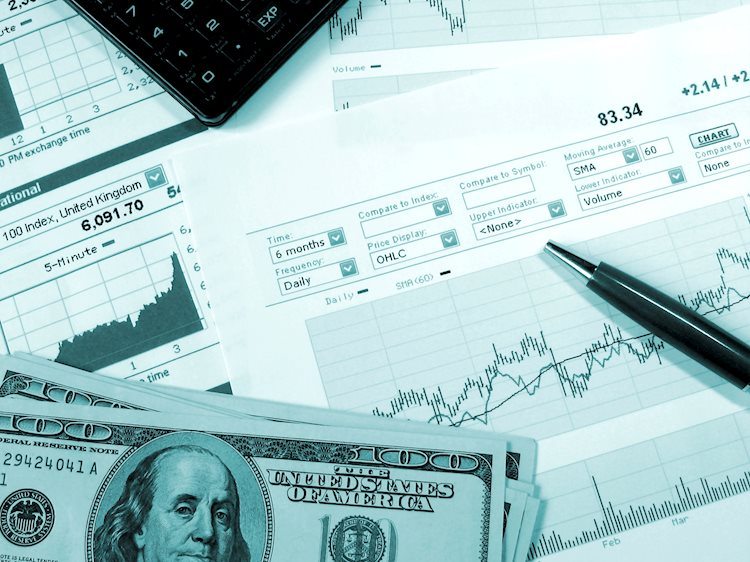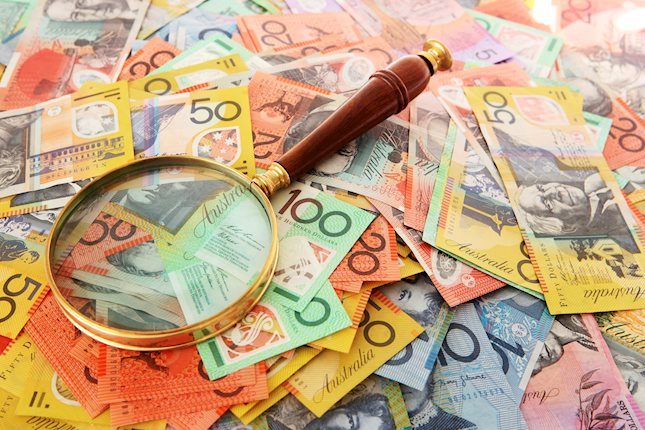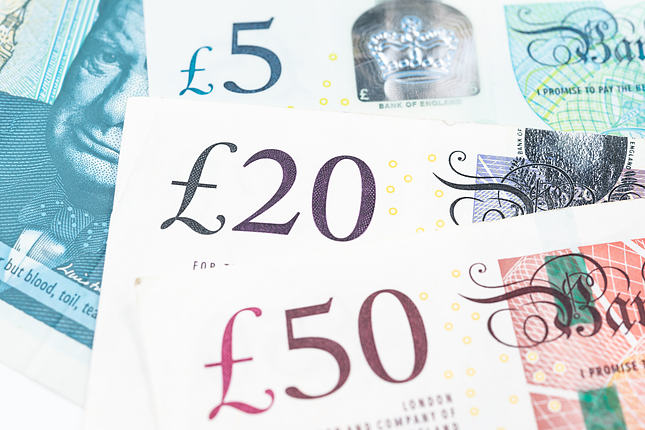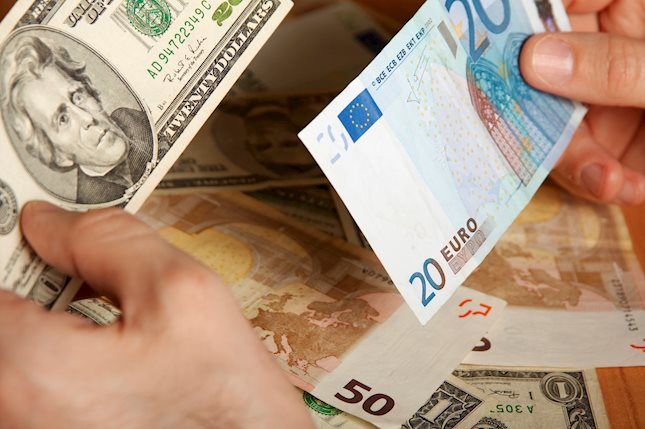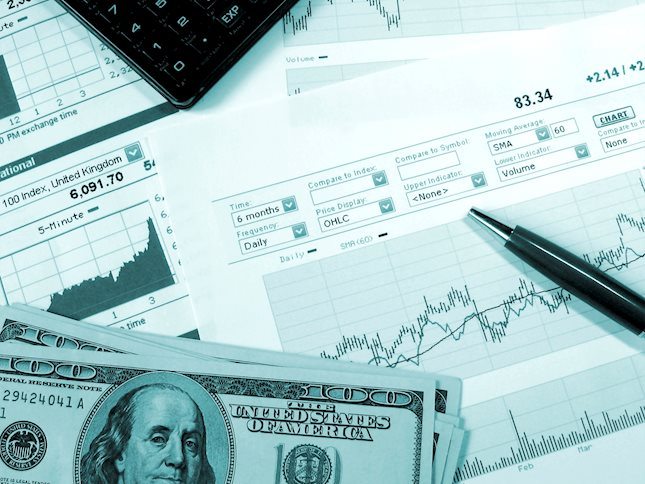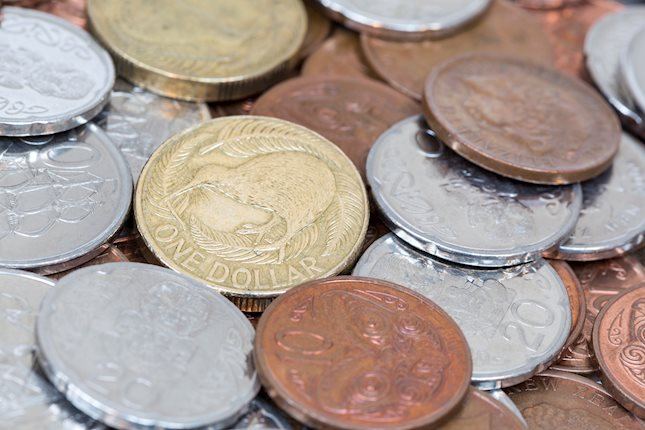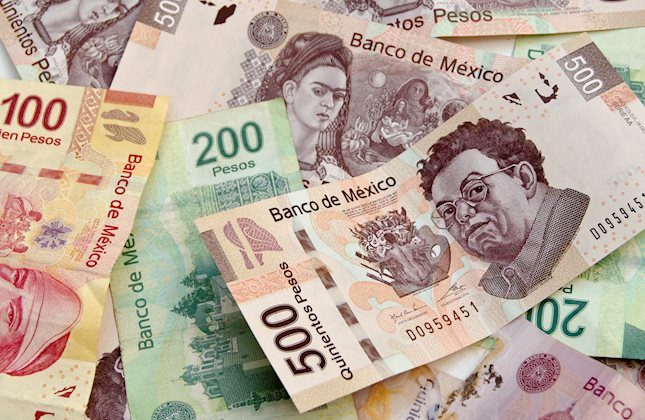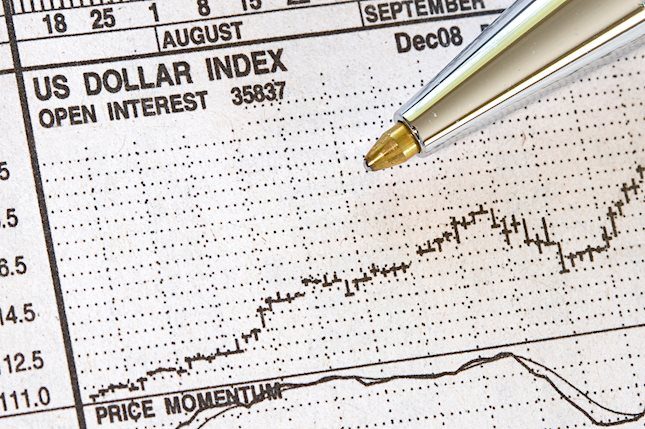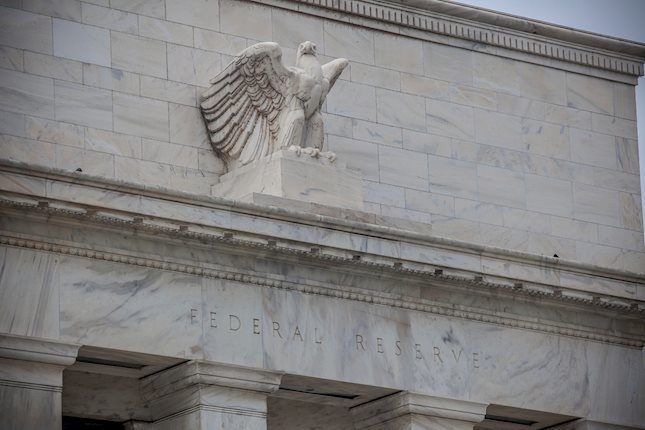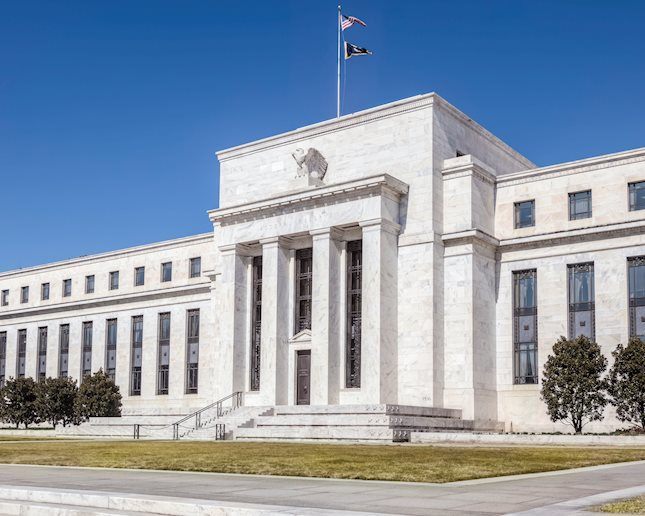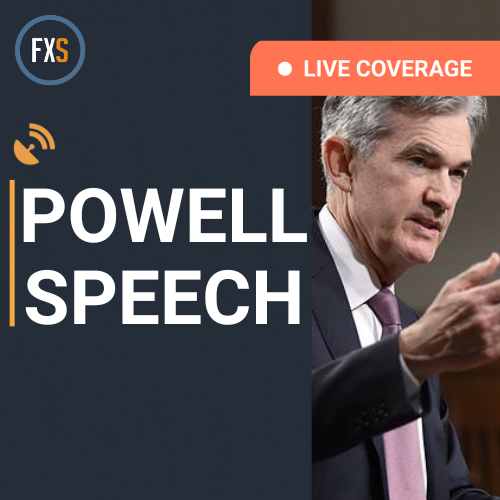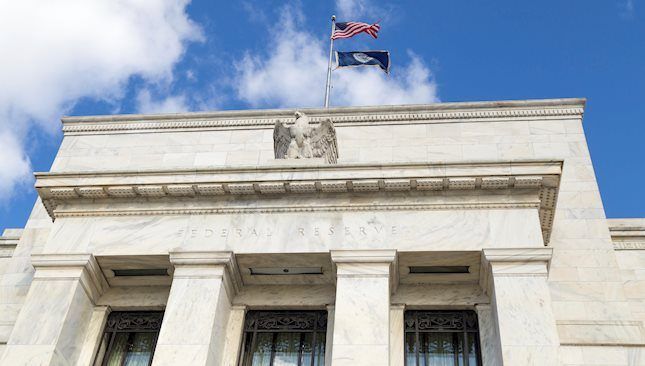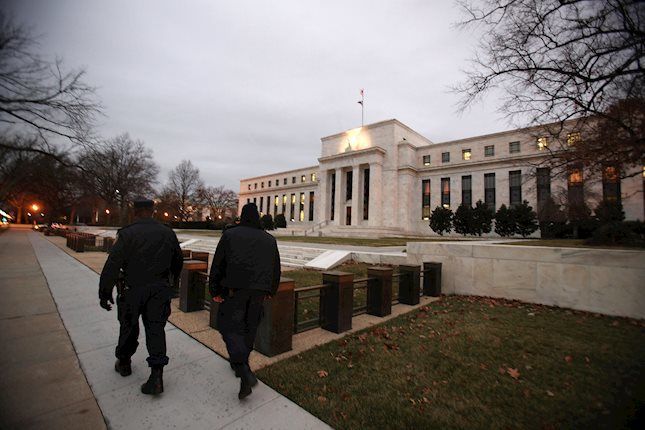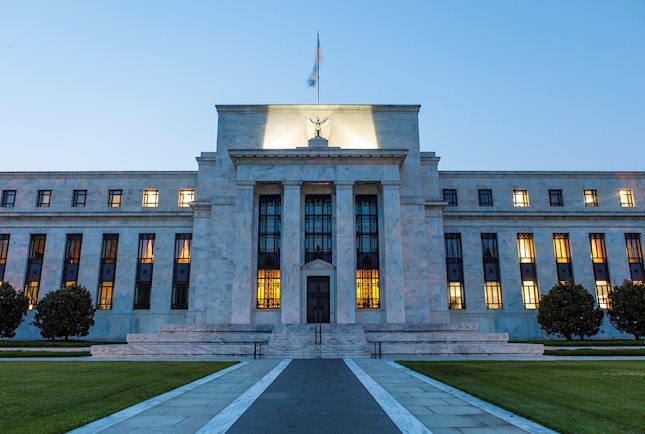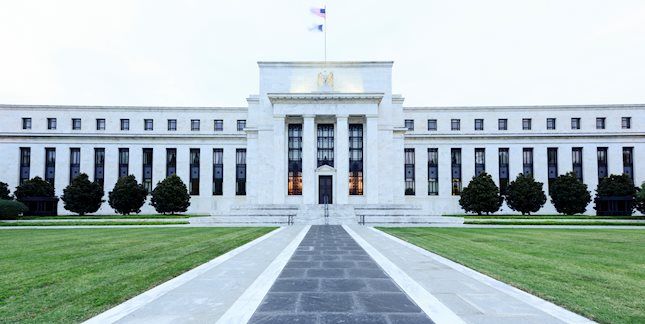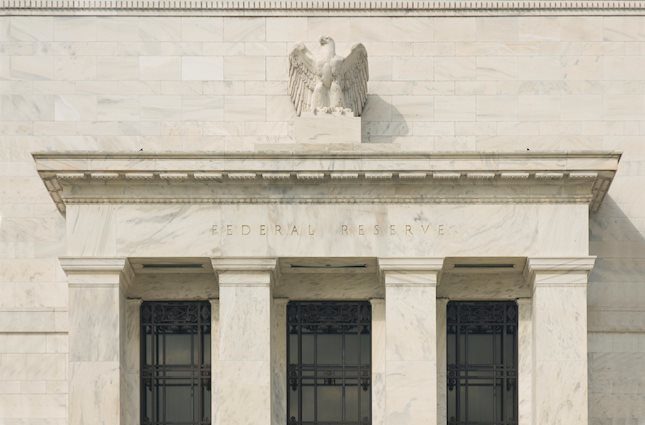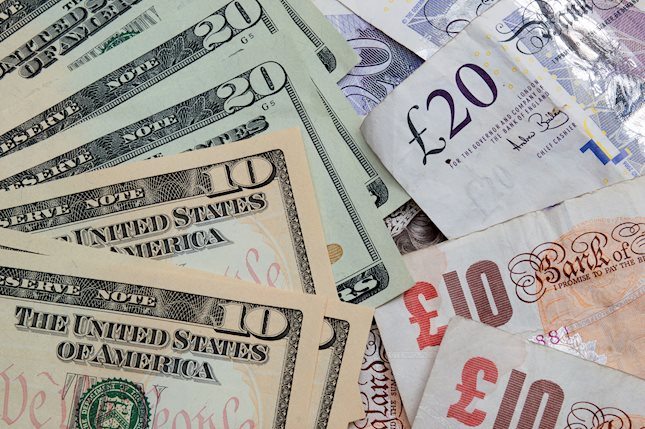US Dollar get back on track as Fed bets continue readjusting, yields rise
- DXY Index recovers and flirts with November highs.
- Initial Jobless Claims data came out slightly lower than expected.
- Fed’s stance remains hawkish, persistently increasing pressure on US yields.
The US Dollar Index (DXY) rose toward 106.25 on Thursday and appears on track to test the November 1 high near 107.10. What is underpinning this rise is the Federal Reserve's (Fed) hawkish stance, along with a related recovery of US Treasury yields. Low Jobless Claims also benefited the US Dollar.
The US economy remains resilient, showing stubborn inflation and a strong economy. This has made the Fed adopt more hawkish messaging, and markets are delaying the start of the easing cycle.
Daily digest market movers: DXY gains ground on strong labor market data, Treasury yields climb
- Fed remains committed to a hawkish stance, given ongoing inflation and robust growth in the US.
- Fed officials on Thursday spoke cautiously, asking for patience in regard to interest rate cuts.
- Market forecasts for the Fed's upcoming meeting showed an important shift and the chances for a rate cut in June have plunged to 20%, while the possibility for a rate cut in July dropped to 50%. Current estimates suggest a likely first cut in September with a 75% probability of a second one in December.
- The US Treasury bond yields show an upward trend for the 2-year, 5-year, and 10-year bonds, currently at 4.98%, 4.68% and 4.64%, respectively.
- On the data front, weekly Jobless Claims came in at 212K, lower than the 215K expected, adding arguments for a strong labor market.
DXY technical analysis: DXY bulls step in and recover ground
The indicators on the daily chart reflect a positive bias for DXY. The Relative Strength Index (RSI) has a positive slope, sitting comfortably in positive territory. This implies an underlying bullish momentum. Complementing this bullish bias is the Moving Average Convergence Divergence (MACD), which shows rising green bars, contributing to the overall buying sentiment.
As for the Simple Moving Averages (SMAs), the DXY pair remains above the 20, 100, and 200-day SMAs, inferring that buying momentum is strong. Adding to this bullish scenario is the ongoing resilience of the bulls, further grounding positive sentiment.
Central banks FAQs
Central Banks have a key mandate which is making sure that there is price stability in a country or region. Economies are constantly facing inflation or deflation when prices for certain goods and services are fluctuating. Constant rising prices for the same goods means inflation, constant lowered prices for the same goods means deflation. It is the task of the central bank to keep the demand in line by tweaking its policy rate. For the biggest central banks like the US Federal Reserve (Fed), the European Central Bank (ECB) or the Bank of England (BoE), the mandate is to keep inflation close to 2%.
A central bank has one important tool at its disposal to get inflation higher or lower, and that is by tweaking its benchmark policy rate, commonly known as interest rate. On pre-communicated moments, the central bank will issue a statement with its policy rate and provide additional reasoning on why it is either remaining or changing (cutting or hiking) it. Local banks will adjust their savings and lending rates accordingly, which in turn will make it either harder or easier for people to earn on their savings or for companies to take out loans and make investments in their businesses. When the central bank hikes interest rates substantially, this is called monetary tightening. When it is cutting its benchmark rate, it is called monetary easing.
A central bank is often politically independent. Members of the central bank policy board are passing through a series of panels and hearings before being appointed to a policy board seat. Each member in that board often has a certain conviction on how the central bank should control inflation and the subsequent monetary policy. Members that want a very loose monetary policy, with low rates and cheap lending, to boost the economy substantially while being content to see inflation slightly above 2%, are called ‘doves’. Members that rather want to see higher rates to reward savings and want to keep a lit on inflation at all time are called ‘hawks’ and will not rest until inflation is at or just below 2%.
Normally, there is a chairman or president who leads each meeting, needs to create a consensus between the hawks or doves and has his or her final say when it would come down to a vote split to avoid a 50-50 tie on whether the current policy should be adjusted. The chairman will deliver speeches which often can be followed live, where the current monetary stance and outlook is being communicated. A central bank will try to push forward its monetary policy without triggering violent swings in rates, equities, or its currency. All members of the central bank will channel their stance toward the markets in advance of a policy meeting event. A few days before a policy meeting takes place until the new policy has been communicated, members are forbidden to talk publicly. This is called the blackout period.
Forex News
Keep up with the financial markets, know what's happening and what is affecting the markets with our latest market updates. Analyze market movers, trends and build your trading strategies accordingly.
